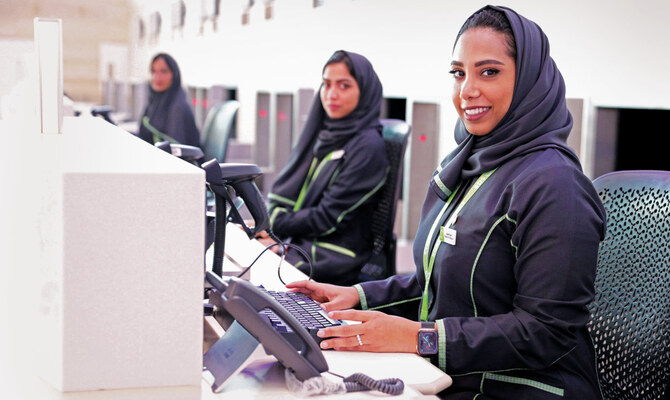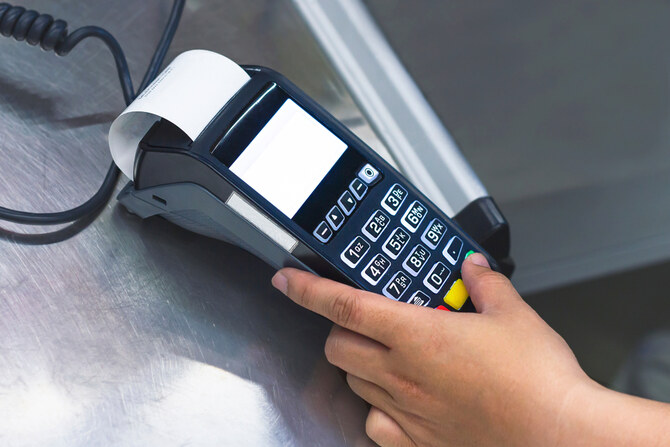In January 2025, Saudi Arabia’s e-commerce sector witnessed a remarkable surge, with sales conducted via Mada cards reaching SR20.87 billion ($5.56 billion). This represents a 44.64% increase compared to the same period last year, highlighting the Kingdom’s rapid shift toward digital payment solutions and the growing trust of consumers in online shopping platforms.

The Saudi Central Bank (SAMA) reported that the number of e-commerce transactions using Mada cards also saw a substantial rise, increasing by 33.65% to 111.42 million in January. These figures include a broad range of activities such as online shopping, in-app purchases, and e-wallet transactions, showcasing a robust growth in the digital economy. Notably, these numbers exclude credit card payments made through networks like Visa or MasterCard, making the growth even more impressive.
Mada: Facilitating Secure and Efficient Digital Transactions
Mada, Saudi Arabia’s national electronic payment network, plays a crucial role in this digital shift. Offering both debit and prepaid card services, Mada enables secure and swift contactless payments at physical retail locations and on online platforms. Leveraging near-field communication (NFC) technology, Mada ensures a seamless and efficient payment experience for consumers.
The surge in Mada card usage can be attributed to several factors:
- Increased Consumer Spending Power: A strengthening economy, combined with the prevalence of dual-income households, has boosted consumer purchasing capabilities, leading to higher online spending.
- Adoption of NFC-Enabled Devices: The widespread use of NFC-enabled smartphones and other devices has made digital transactions more accessible and convenient for a tech-savvy population.
- User-Friendly Digital Payment Solutions: Platforms like Mada have simplified the payment process, encouraging consumers to move away from cash to digital methods for their everyday purchases.
Post-Pandemic Digital Adoption and Investments
The COVID-19 pandemic significantly accelerated the adoption of digital technologies across the globe, and Saudi Arabia was no exception. The Kingdom’s investments in online platforms, digital infrastructure, and payment solutions have transformed the e-commerce landscape. Today, Mada cards account for a significant portion of card transactions, reflecting the effectiveness of these investments.
Moreover, the Saudi Vision 2030 initiative, which emphasizes digital transformation, has further propelled this growth. With the government’s support, local businesses have been quick to integrate online payment options, making it easier for consumers to shop online. Initiatives promoting financial inclusion have also contributed to the increased adoption of digital payment methods, ensuring that even smaller merchants can leverage e-commerce opportunities.
Point-of-Sale Transactions: A Broader Perspective
While e-commerce has seen impressive growth, point-of-sale (PoS) transactions at physical retail outlets have also experienced notable increases. PoS sales reached SR58.21 billion in January, marking an 8.19% year-on-year rise. Additionally, the number of PoS transactions climbed by 13.10% annually, indicating a robust retail environment that balances both online and offline shopping preferences.
Spending patterns reveal diverse consumer interests:
- Restaurants and Cafes: Expenditures in this sector accounted for approximately 15% of total PoS sales, amounting to around SR8.7 billion.
- Beverage and Food Outlets: Similar to restaurants, spending here also represented about 15% of total sales, totaling SR8.7 billion.
- Miscellaneous Goods and Services: This category, which includes personal care, supplies, and maintenance, made up 12% of PoS sales, equating to SR7.07 billion.
Jewelry, Clothing, and Footwear: Categories on the Rise
Certain retail categories have seen significant growth, reflecting changing consumer preferences and increased disposable income:
- Jewelry Sales: This sector recorded the highest growth among PoS categories, surging 24.71% year-on-year to reach SR1.19 billion. The increase can be attributed to heightened demand during the new year and festive periods, alongside attractive promotions from retailers.
- Clothing and Footwear: Spending in this category grew by approximately 14%, totaling SR3.68 billion. Seasonal sales, combined with greater adoption of online shopping for fashion, played a pivotal role in this growth.
The rise in these categories highlights a broader trend of consumers willing to spend more on non-essential items, bolstered by promotional campaigns and increased financial confidence.
Technological Advancements Streamlining Transactions
The widespread adoption of NFC-enabled devices, mobile payment applications, and integrated digital wallets has significantly streamlined transactions both in-store and online. Supported by modern payment processing systems and a conducive regulatory framework, these technologies are driving higher transaction volumes and enhancing consumer convenience.
Furthermore, the growth of fintech startups in Saudi Arabia has introduced innovative payment solutions that cater to diverse consumer needs. From buy-now-pay-later options to loyalty rewards integrated with digital payments, these advancements have made online shopping more appealing and accessible.
Future Outlook: Continued Growth Anticipated
The trajectory of Saudi Arabia’s e-commerce sector suggests sustained growth in the coming years. Several factors contribute to this optimistic outlook:
- High Smartphone Penetration: With a smartphone penetration rate of 97%, a vast majority of the population has access to mobile internet, facilitating online shopping and digital payments.
- Robust Internet Infrastructure: Saudi Arabia boasts one of the fastest internet speeds globally, which enhances the online shopping experience.
- Bank Account Accessibility: Approximately 72% of Saudis over the age of 15 have bank accounts, making them ready for digital transactions and online commerce.
Projections from industry experts anticipate that the number of e-commerce users in Saudi Arabia will reach 33.6 million by 2024, a 42% increase from 2019. This growth is expected to be accompanied by a rise in the average spend per e-commerce user, reflecting the increasing consumer confidence in online shopping platforms.
Regulatory Initiatives and Market Dynamics
The Saudi government’s initiatives to boost the digital economy’s contribution to the Kingdom’s GDP have played a pivotal role in this e-commerce boom. Policies focused on enhancing cybersecurity, consumer protection, and financial literacy have built trust in online transactions. Additionally, the introduction of regulatory sandboxes has allowed fintech companies to innovate and expand digital payment solutions rapidly.
Looking forward, the Kingdom’s strategic focus on artificial intelligence, data analytics, and blockchain for e-commerce security and personalization is likely to drive further growth. As consumers continue to embrace the convenience of online shopping, and with continuous improvements in payment security, Saudi Arabia’s e-commerce market appears poised for a promising future.
In conclusion, the impressive growth of e-commerce sales via Mada cards reflects both a digital-savvy population and a supportive regulatory environment. As the Kingdom advances towards its Vision 2030 goals, the e-commerce sector is set to play an increasingly vital role in the national economy.



